Reports
April 14, 2025
2024 Event Report: Family Day
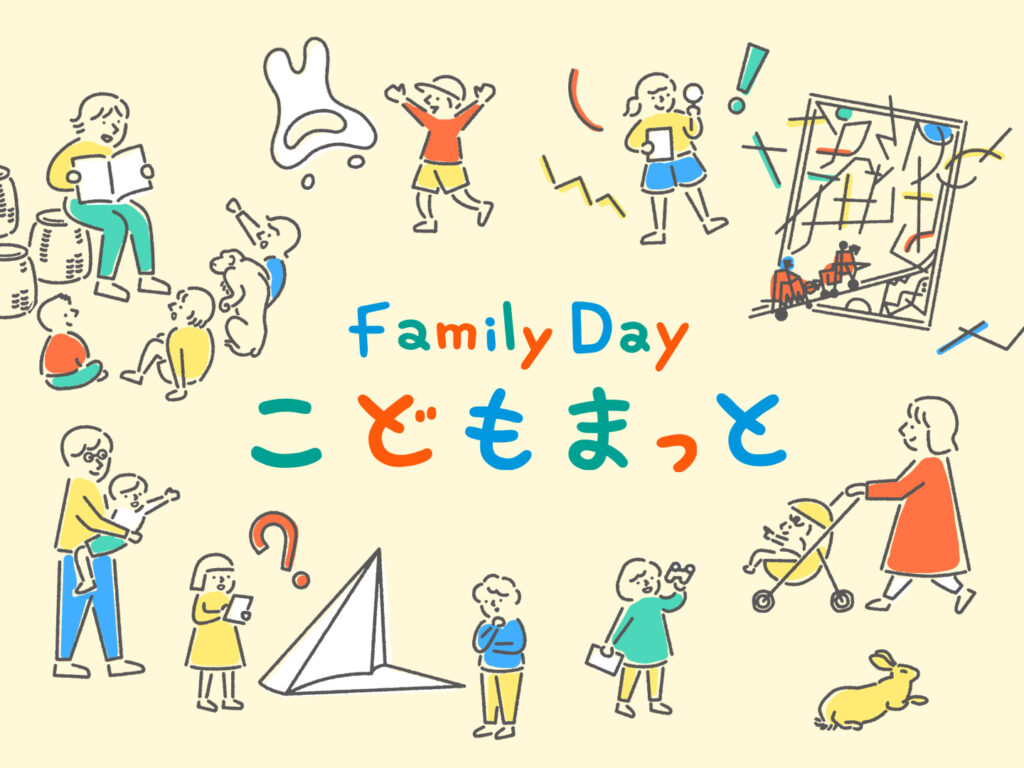 EndedFree admission for children under 18
EndedFree admission for children under 18 
Family Day
The National Museum of Modern Art, Tokyo
Dates September 21, September 22, 2024
- Paintings
- Photographs
- Sculptures and 3D artworks
- Images
- Workshop
Index
The National Museum of Modern Art, Tokyo, which features one of Japan’s largest collections of art from the late 19th century to today, held Family Day, an event where families can enjoy the museum together. Following its debut in 2023, this year’s two-day event on Saturday and Sunday, September 21st and 22nd welcomed 5,368 visitors, mainly families with children elementary school aged or younger.
In the galleries, families took part in activities suited to their children’s ages and interests, including conversations with guide staff about artworks and a scavenger hunt using bingo cards. The museum also offered an exploration program where visitors could discover the building’s architectural design, offering visitors various ways to enjoy the museum.
Exploring the Collection
The National Museum of Modern Art, Tokyo, Japan’s first national art museum, is located north of the Imperial Palace, overlooking the moat.
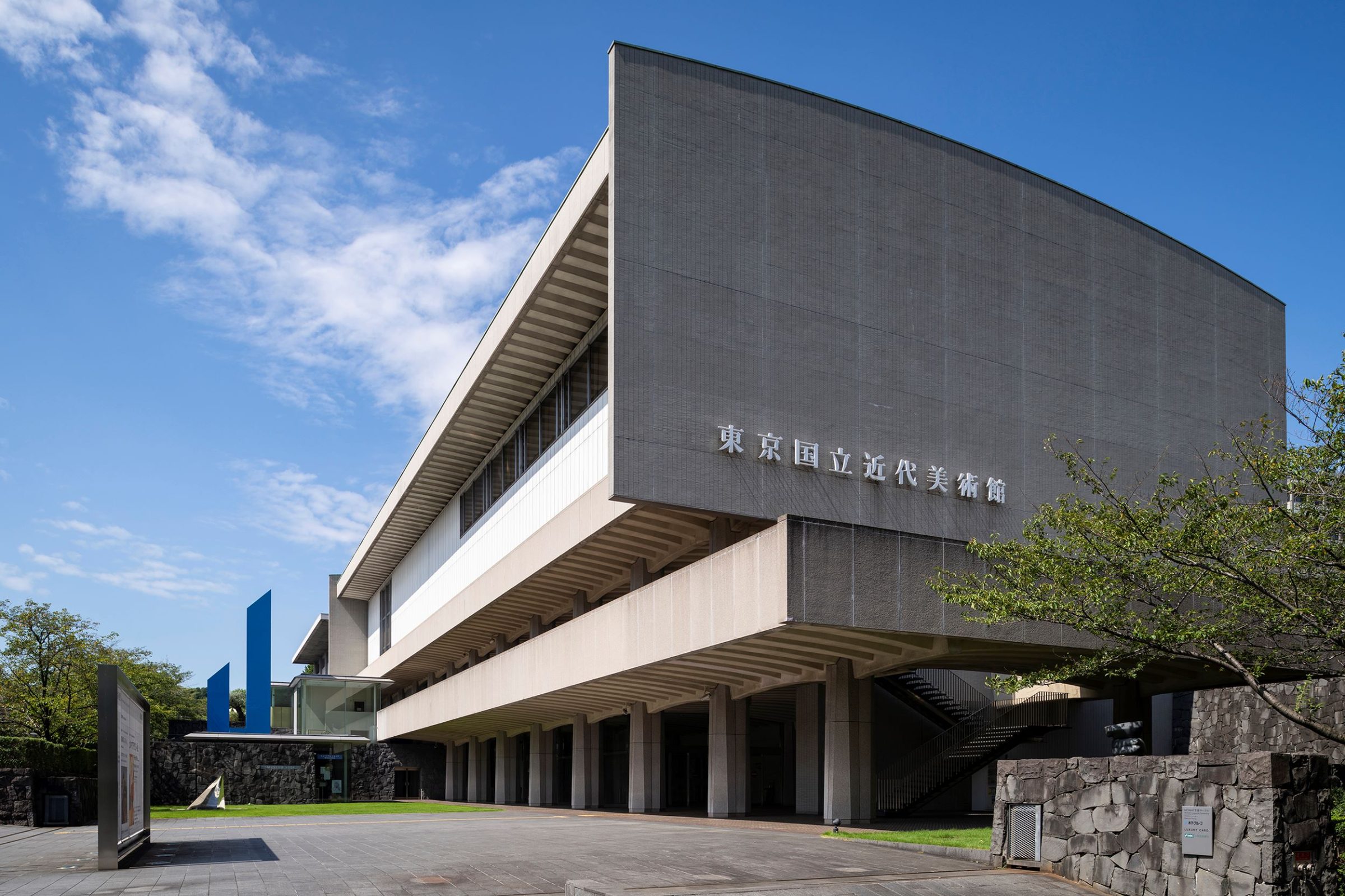
Visitors enter through the front garden where they can see Isamu Noguchi’s sculptures, then find the building’s interior divided into four exhibition floors.
The event featured activities throughout the museum, focusing on the exhibition rooms. At the reception desk, visitors received a map they could use to explore the museum in any order they liked.
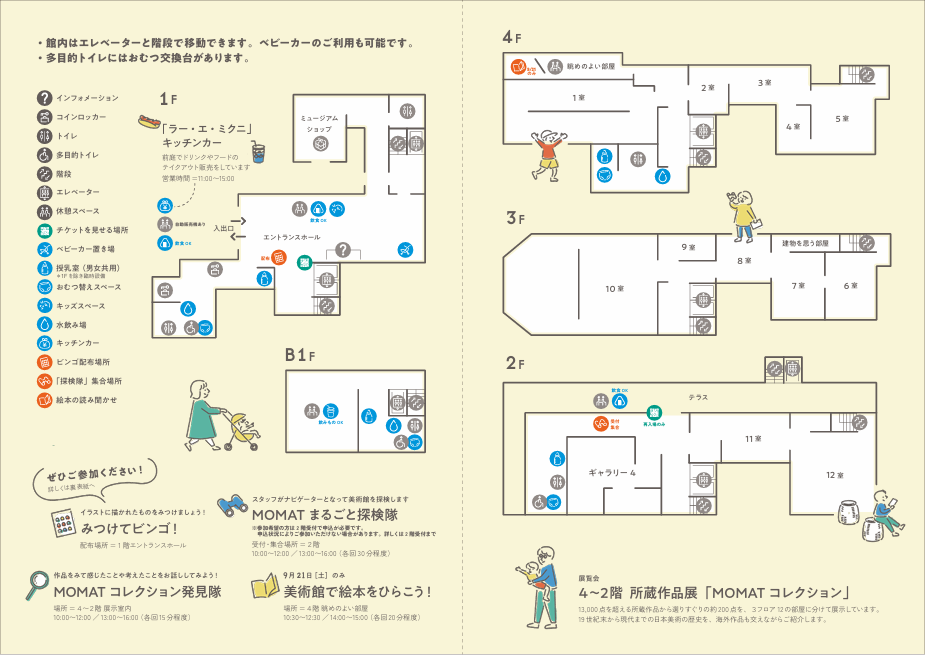
The map showed not only exhibitions and programs but also marked family-friendly facilities with icons. For these two days, the museum added extra rest areas, places where food and drinks were allowed, stroller parking, and nursing rooms throughout the building.
Near the entrance hall, a Kids’ Space was set up where visitors could take off their shoes and relax before entering the galleries.
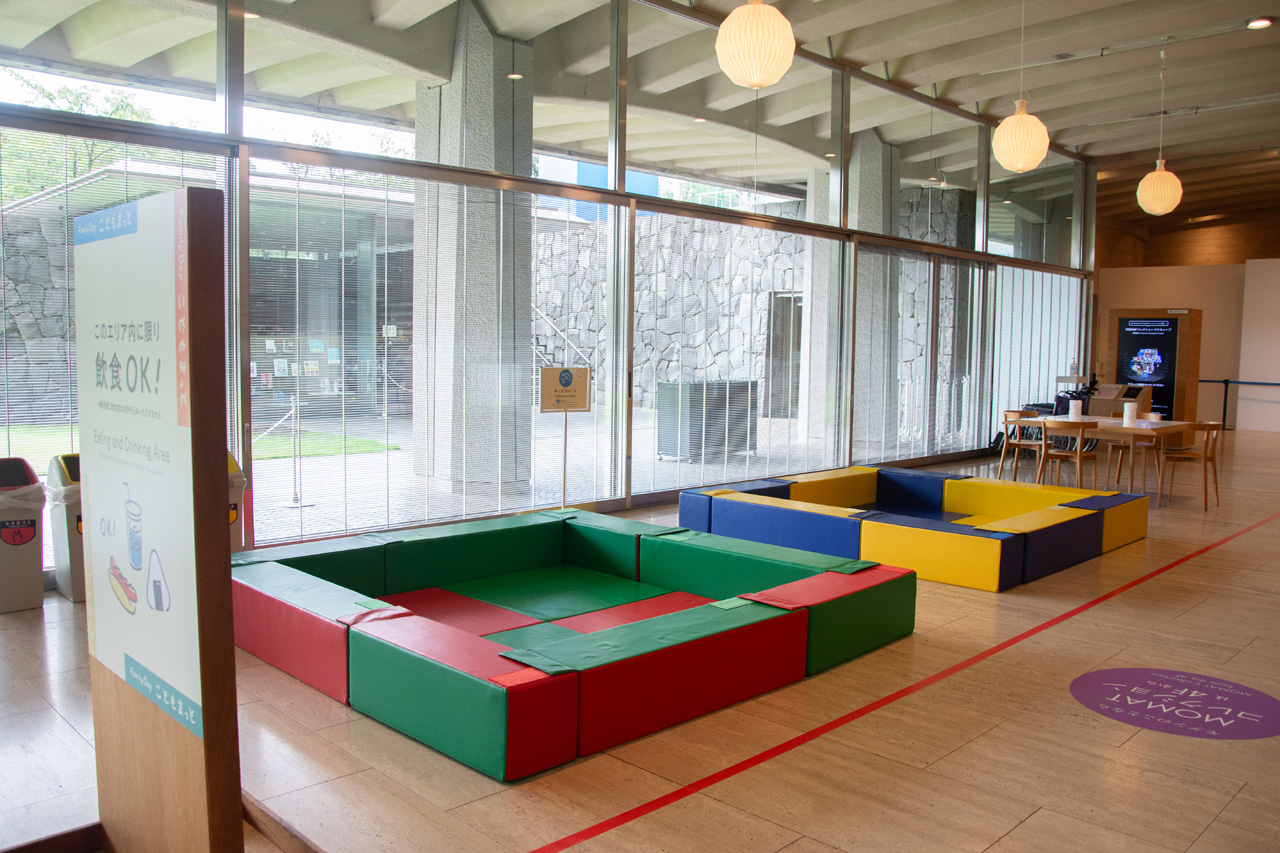

One of the museum’s strengths is its very large collection. The MOMAT Collection exhibition fills 12 rooms from the second to fourth floors. Each exhibition features about 200 works chosen by theme from the museum’s collection of around 13,000 pieces, including National Important Cultural Properties.
To see the exhibition, visitors start by taking the elevator to the fourth floor.

Near the entrance, a boy stood in front of a display case. Looking at a Japanese painting of a very detailed dance pose, you could hear him say “It looks just like a photo.”
This starting area features many works from the Meiji era (1868-1912), since the MOMAT Collection follows the development of Japanese art from the late 19th century to the present. The artworks from this period often show animals and people, making them natural conversation starters for families looking at art together.
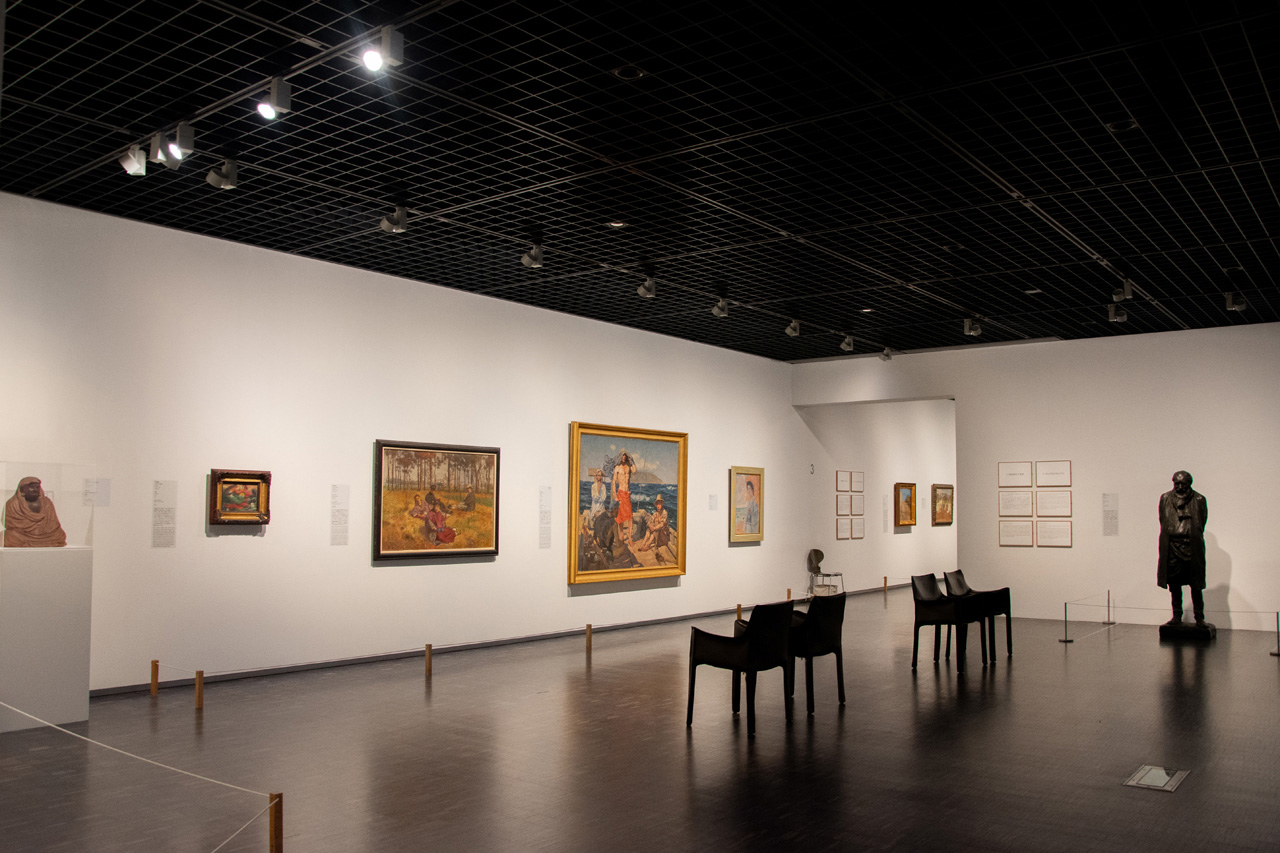
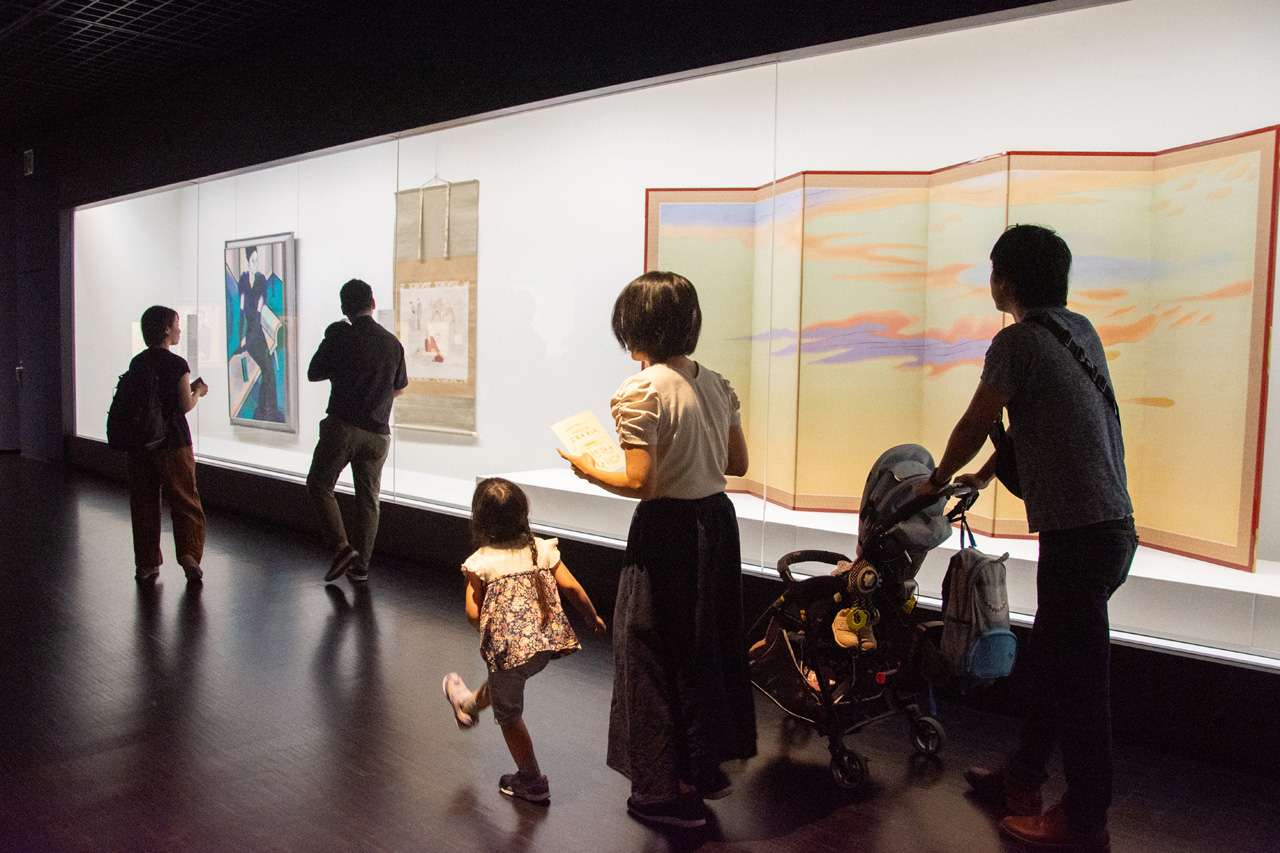
In front of a folding screen with animals, a parent pointed out monkeys to their child. In front of a painting of the beach, a child in their parent’s arms began singing about the sea. Another child who hadn’t shown interest in the paintings stopped to stare at a bronze sculpture, pointing and saying “Look at the man!”
The collection galleries include many types of art: surrealist and avant-garde paintings, photographs, videos, drawings, installations, prints, and crafts. During this event, there was even a VR experience using game controllers that had children lining up to try it.
With such variety in both style and form, the MOMAT Collection lets families choose artworks that match each child’s interests and responses.
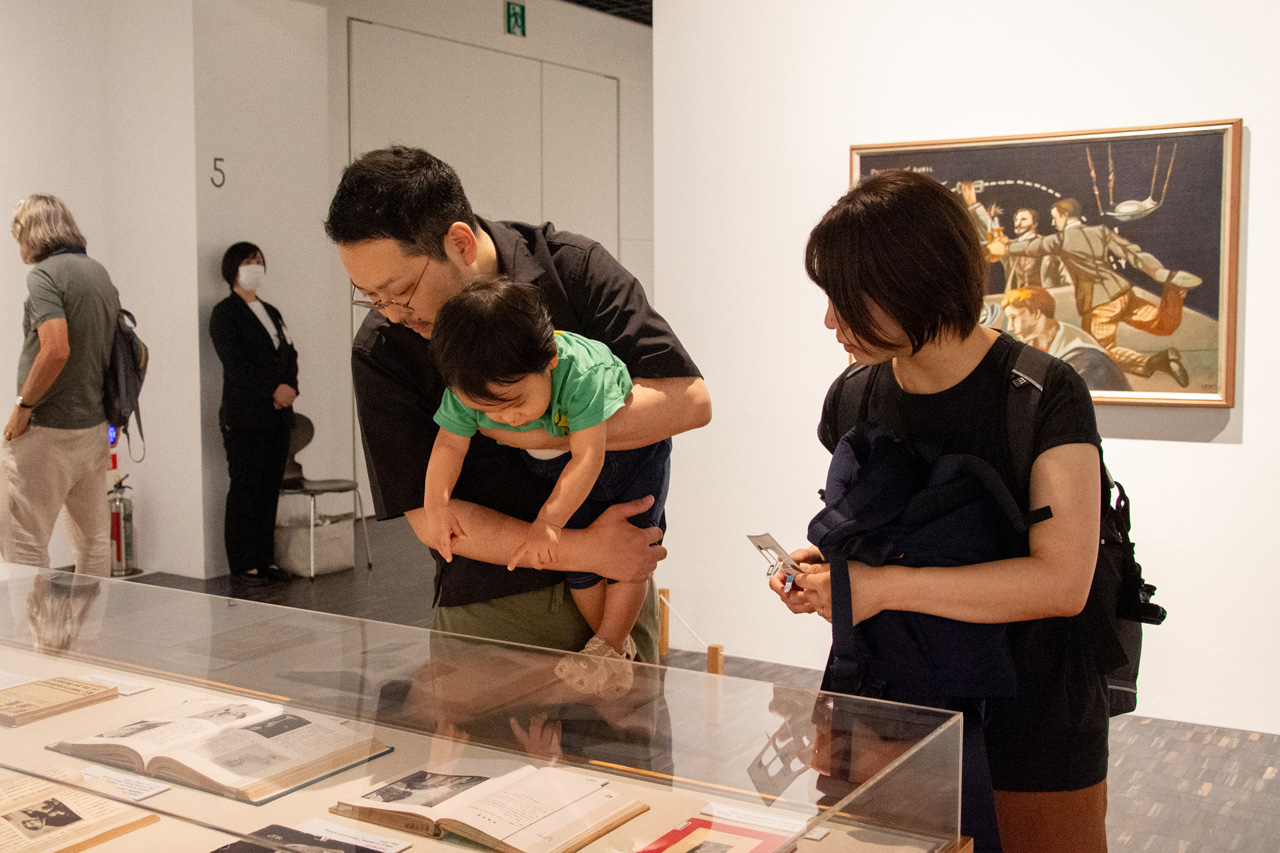
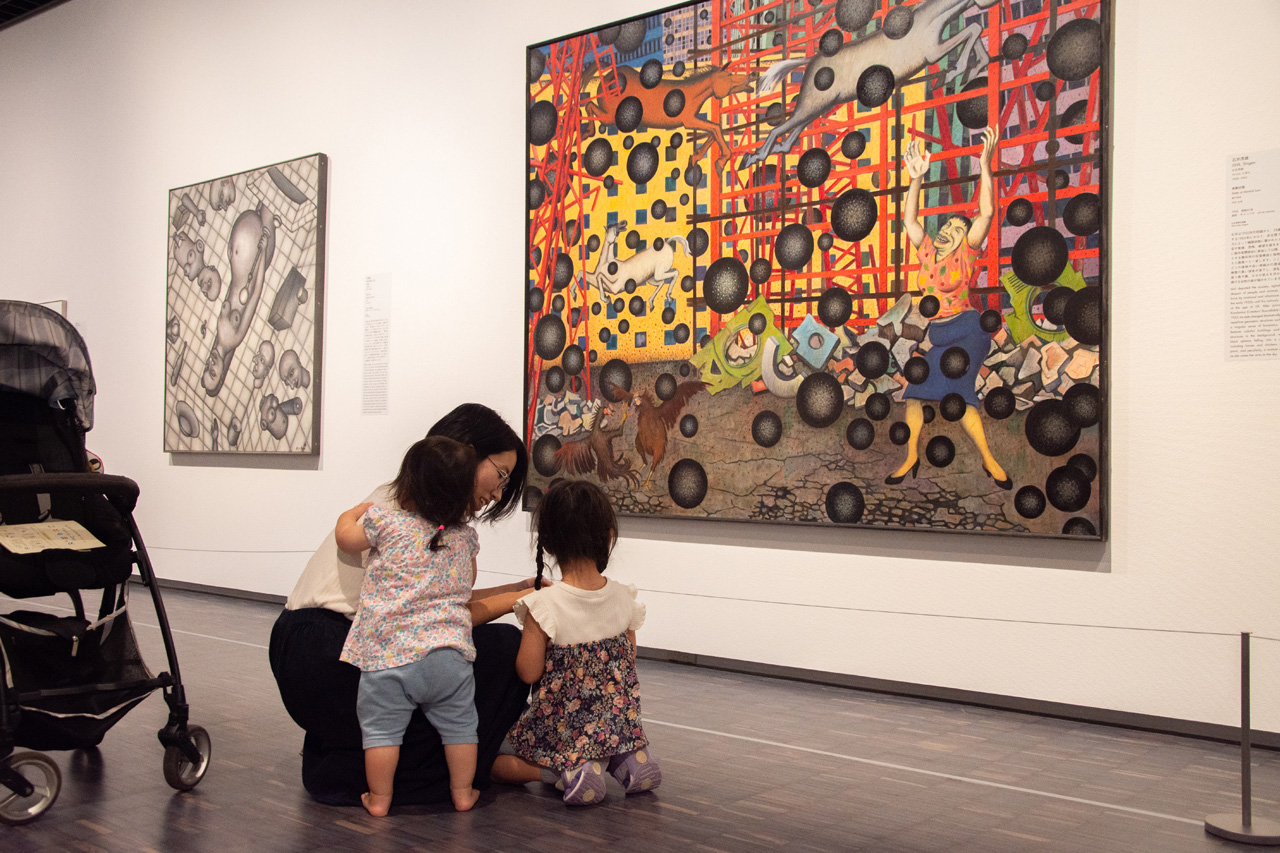
Beginning with Discovery
To get children more involved, the museum created FIND & BINGO!, a card game with nine squares showing images such as colors, shapes, animals, people, houses, and the sea. Children completed their bingo by finding these motifs throughout the museum.
Given the mission to search, children looked carefully at artwork details, trying to spot matching colors and shapes.
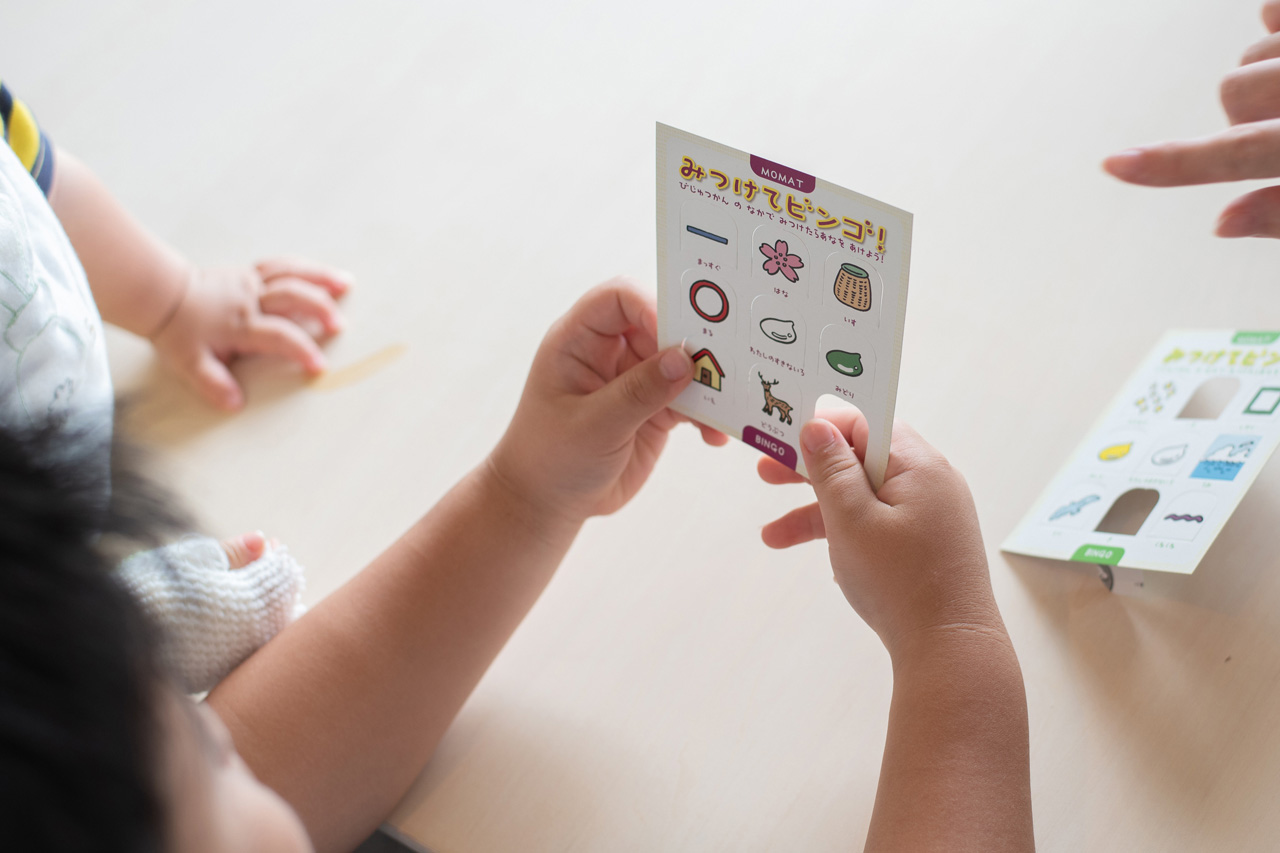
Elementary school children often became interested in the stories behind the artworks, listening closely as their parents read the artwork descriptions aloud.
Since these descriptions were written for adults, some words were a bit difficult for children. For instance, when a child heard a description of a rabbit’s “listless appearance” and asked, “What does ‘listless’ mean?”, their parent explained, “It’s like when you’re really tired,” while pointing to that part of the artwork.
Many visitors stopped to look at South Wind (1907) by Wada Sanzo, a late Meiji-period painting showing sailors in a dramatic scene. This work is designated as a National Important Cultural Property.
This painting was also featured in Let’s Talk the MOMAT Collection!, an interactive viewing program.
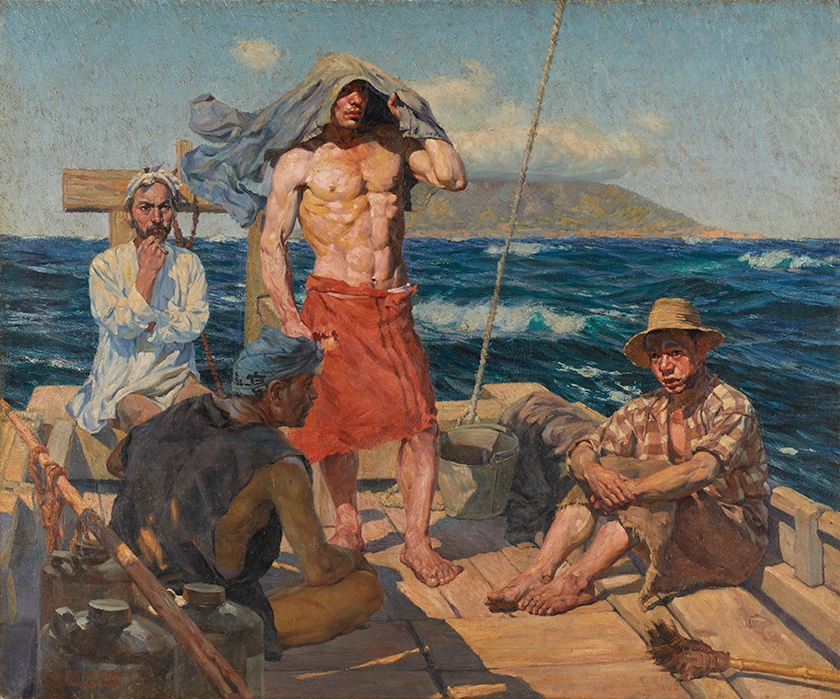
Children gathered in front of the artwork and when prompted by the guide staff began sharing what they noticed in the painting:
“I think this person is a fisherman.” “There’s an island nearby, but everyone is facing away and hasn’t noticed it.” “I can see cleaning tools.”
Some children raised their hands eagerly to share their thoughts, while others felt shy about speaking in front of others. In those cases, parents were welcome to share their children’s observations.
Each time someone shared something new, other children would look at the painting again, moving their eyes around to find what was mentioned.
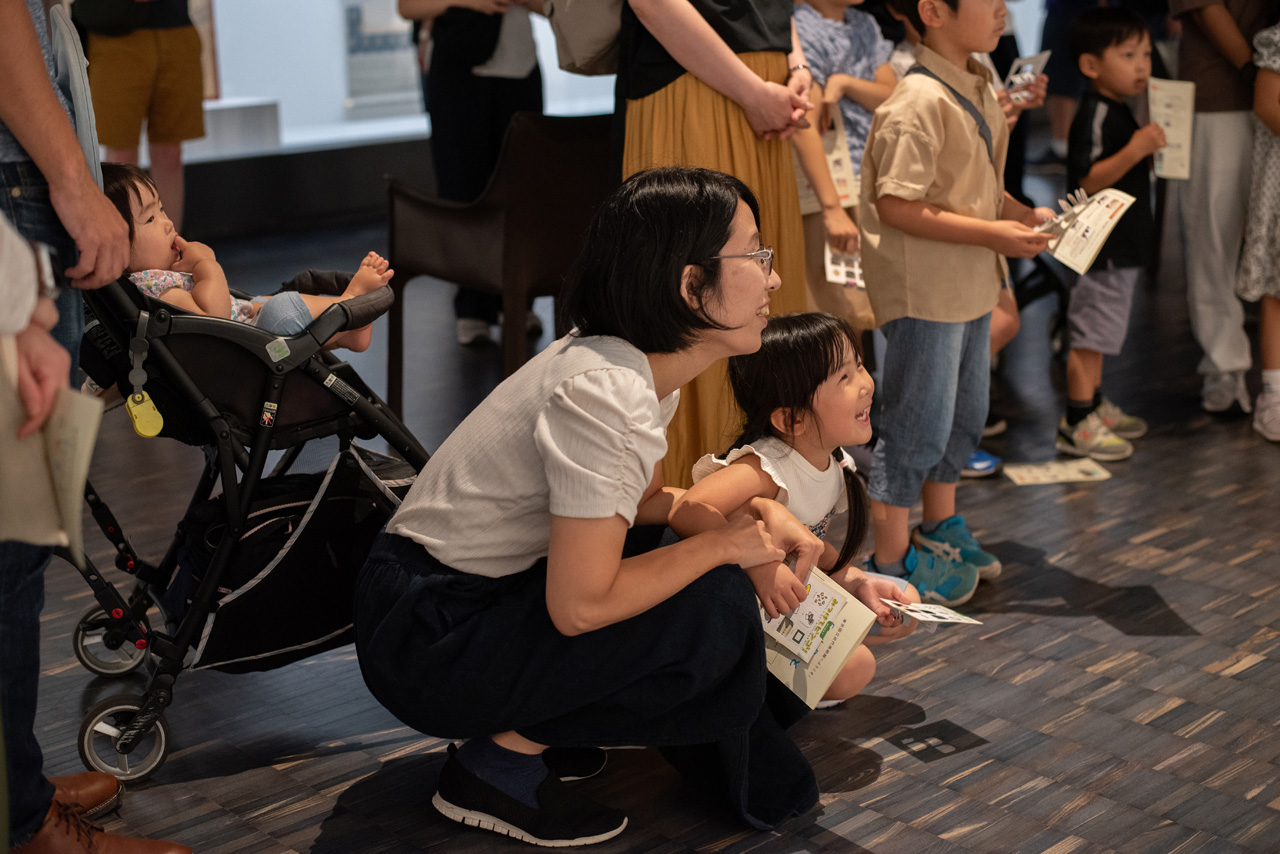
The guide asked, “Did you know that the artist painted himself in this picture? Which of these four people do you think he is?”
The question seemed like a simple quiz but naturally introduced information about the artwork. The mix of individual imagination, background information, and the opinions of others helped broaden people’s perspectives, which is the great thing about having interactive viewing experiences.
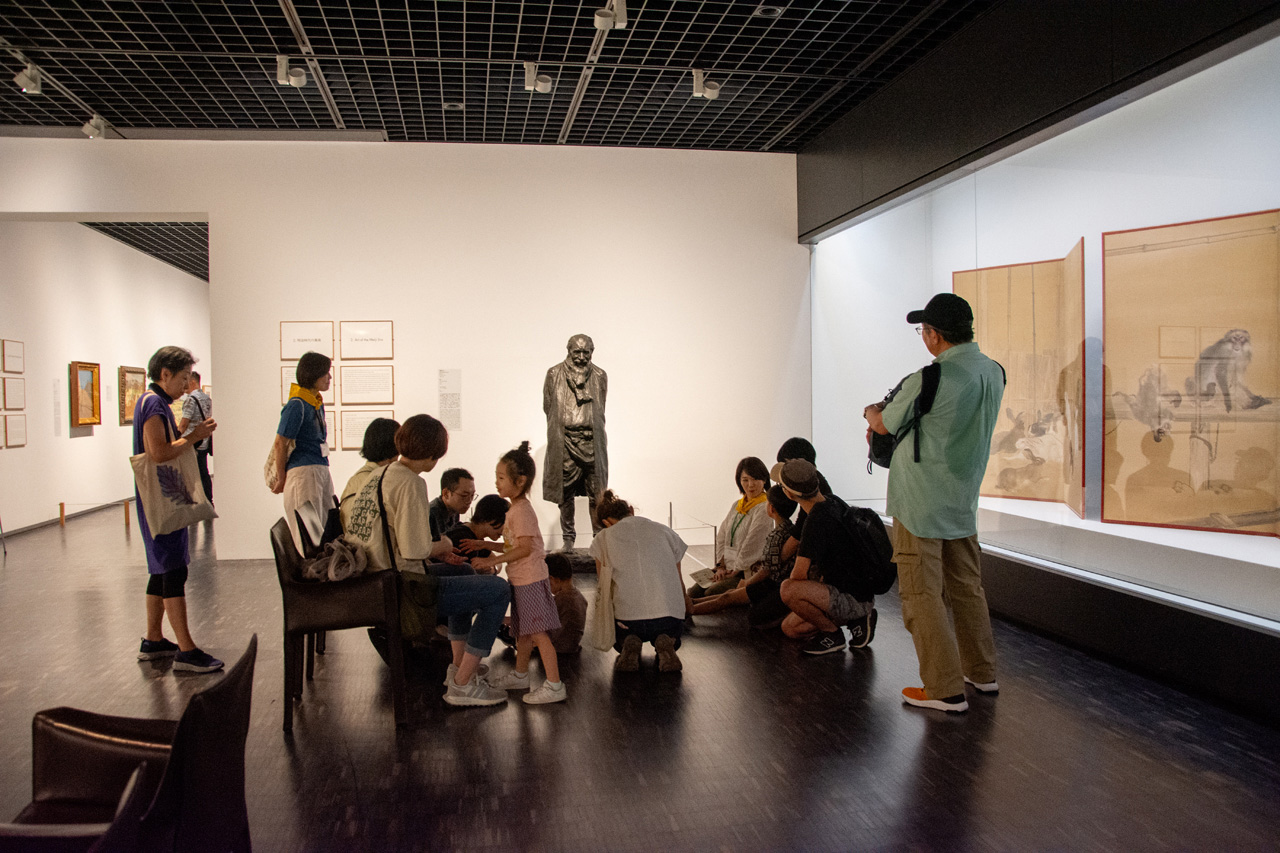
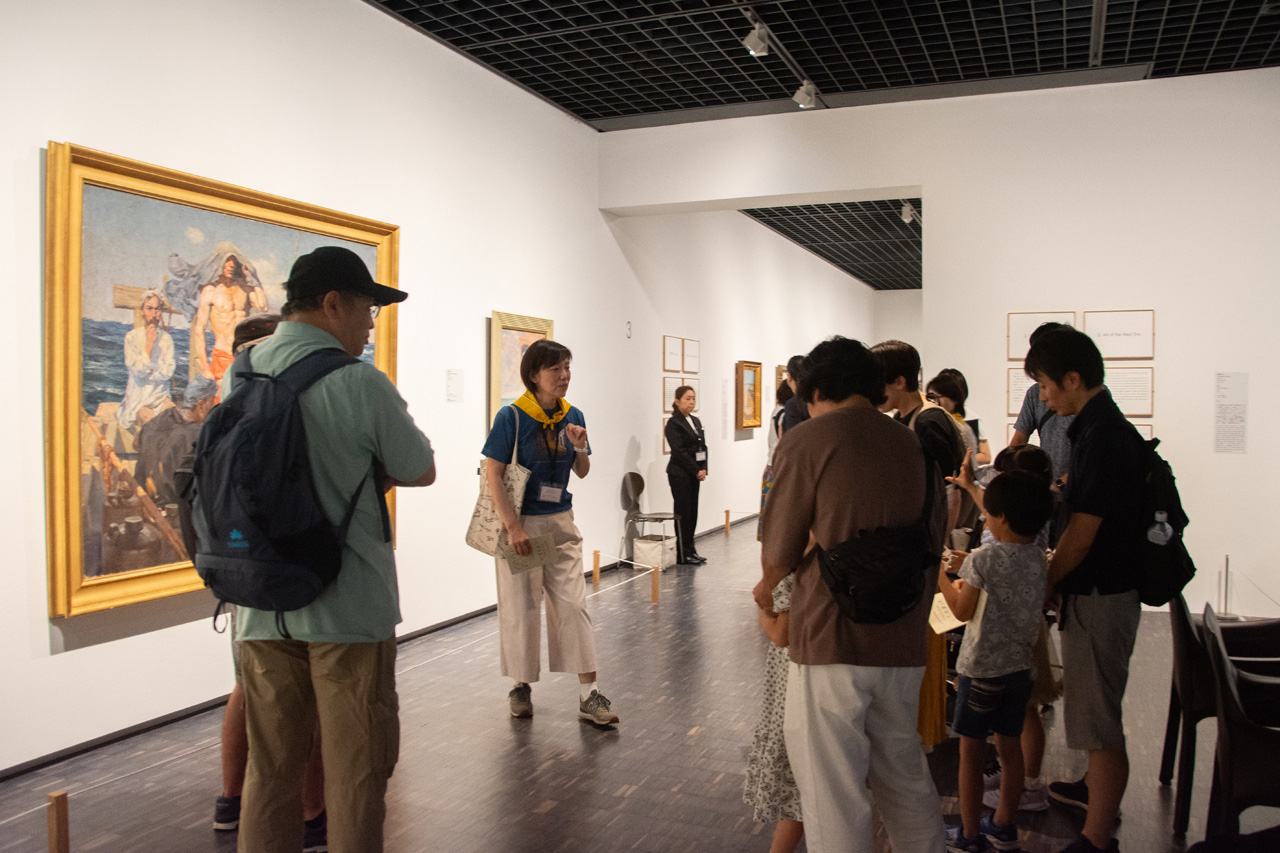
Exploring the Museum Space
Visiting a museum offers more than just looking at artworks and exhibitions. Shopping at the museum store, taking breaks at the café, experiencing the building’s design—just being in the museum space creates a special atmosphere different from everyday life.
The younger children at this event seemed particularly interested in the museum space itself—the large exhibition rooms, big display cases, and ropes around the artworks caught their attention.
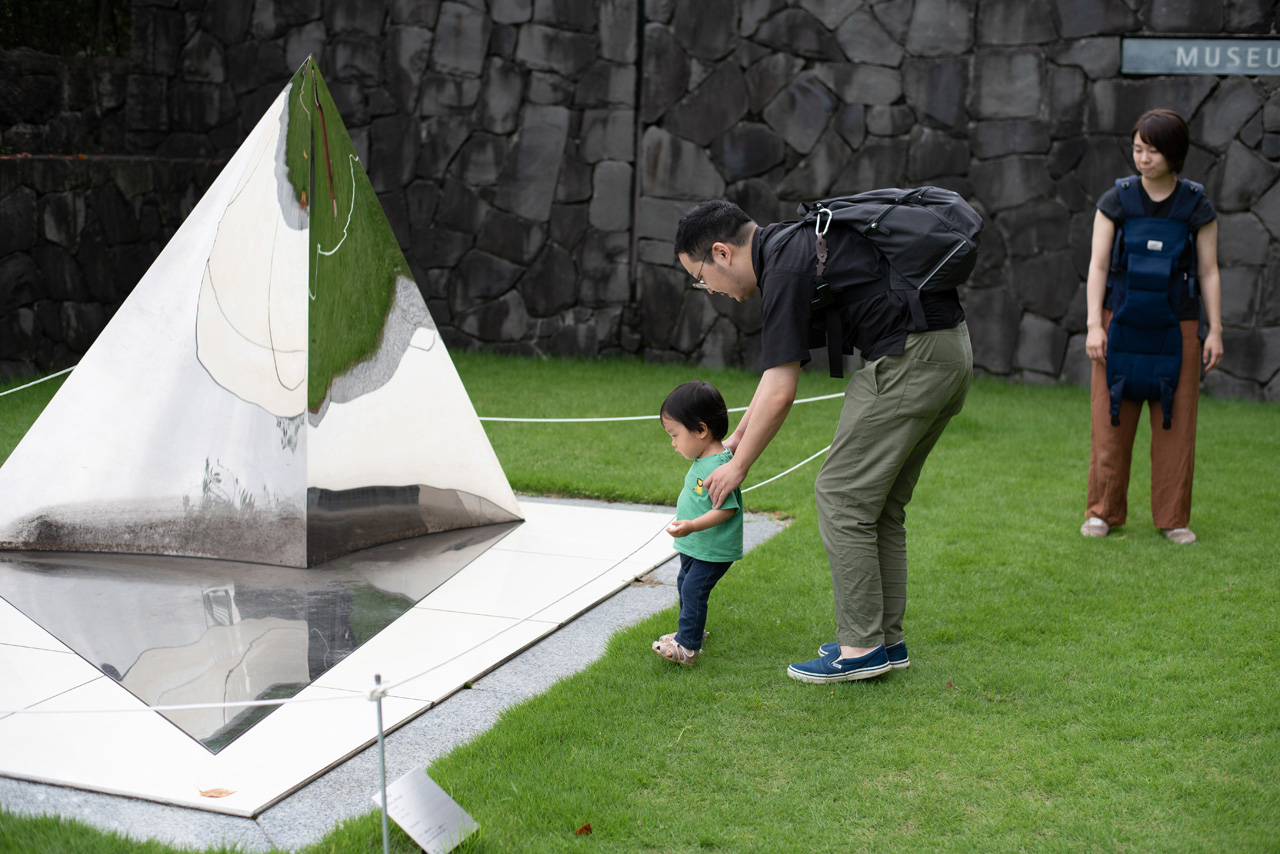
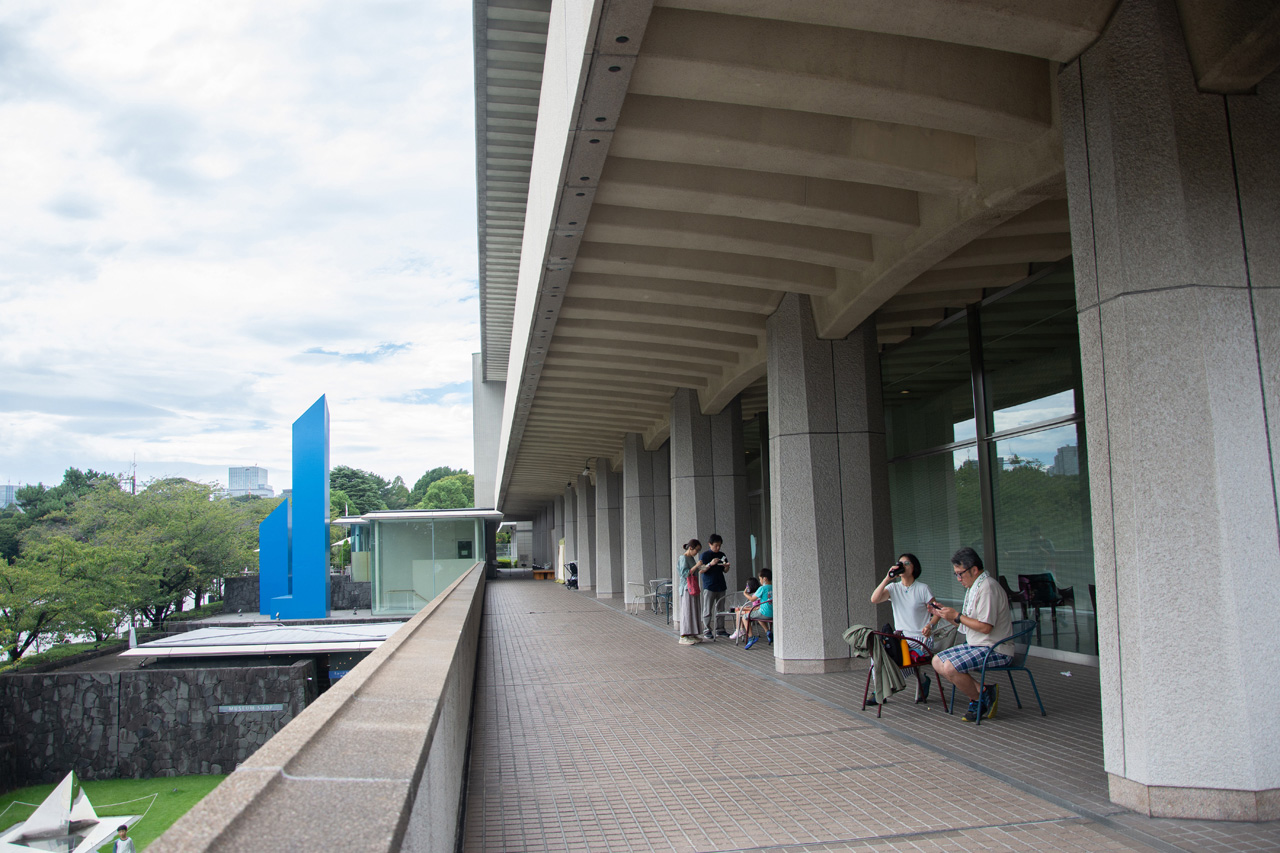
The Let’s explore the MOMAT! program was created to develop this interest in the building and its spaces.
The children formed small groups of three or four around tables. Each group received 12 photo cards, and each child chose one that interested them. Their mission was to find where in the museum each photo was taken.
Some photos were of familiar things like chairs or sculptures, while others showed geometric patterns or textured surfaces. Some images were so abstract it wasn’t clear which way was up or down.
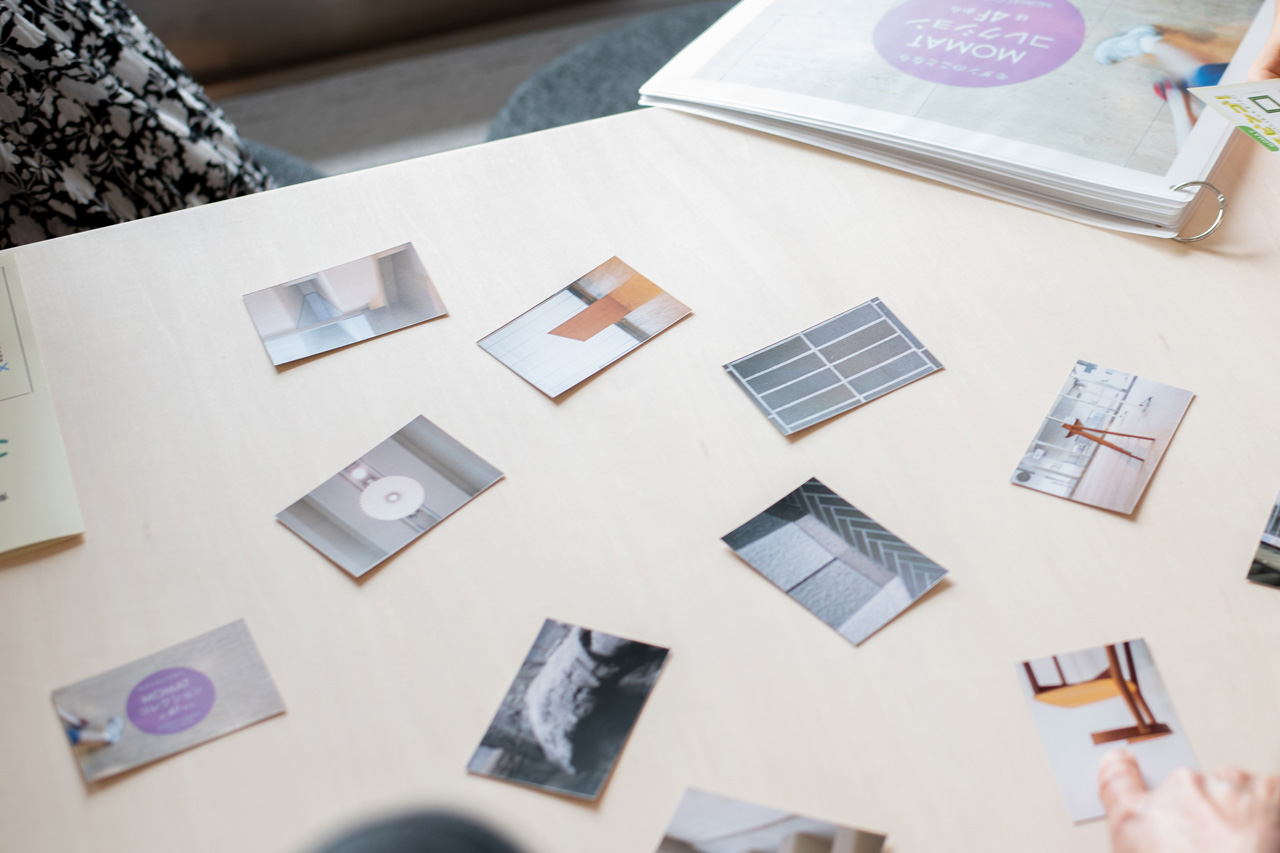
Once they picked their cards, the exploring began. The children often surprised adults by how quickly they recognized places they had seen before.
A photo of nested squares turned out to be the stairwell viewed from above. Another showed a chair from overhead, revealing the pattern of its seat. Children discovered interesting lines where floors met columns and walls met ceilings.
As they walked around looking for shapes that caught their eye, children began noticing details of the building and furniture they had passed by before.
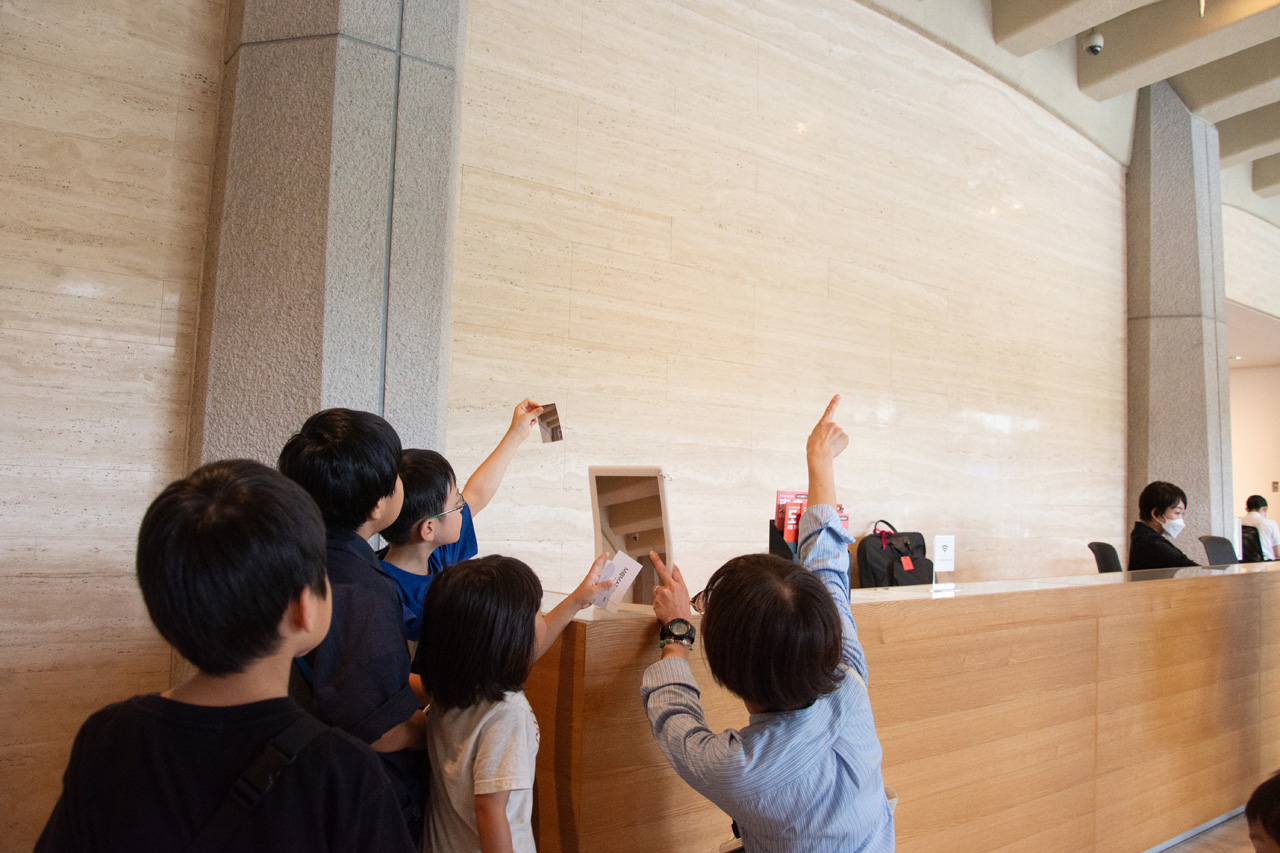

Helping Visitors Feel at Ease
A comment that stood out among visitor feedback was one that said, “Programs like this make us feel at ease about visiting the museum.” It’s important to think about what helps families feel at ease when visiting museums with children.

Family Day started in 2023. This second year included several improvements.
To prevent overcrowding, the museum introduced a timed reservation system, making the entry process smoother. While waiting for their entry time, families could use picnic blankets on the front lawn.
Throughout the day, several programs ran on rotation at the same time in different parts of the museum.
Most activities lasted 10-20 minutes, making them easy to join. Activities like the Exploration Team took place outside the galleries, giving visitors more ways to participate. In “A Room With a View” near the galleries, staff read picture books by Motonaga Sadamasa, an artist whose works are also part of the MOMAT Collection.
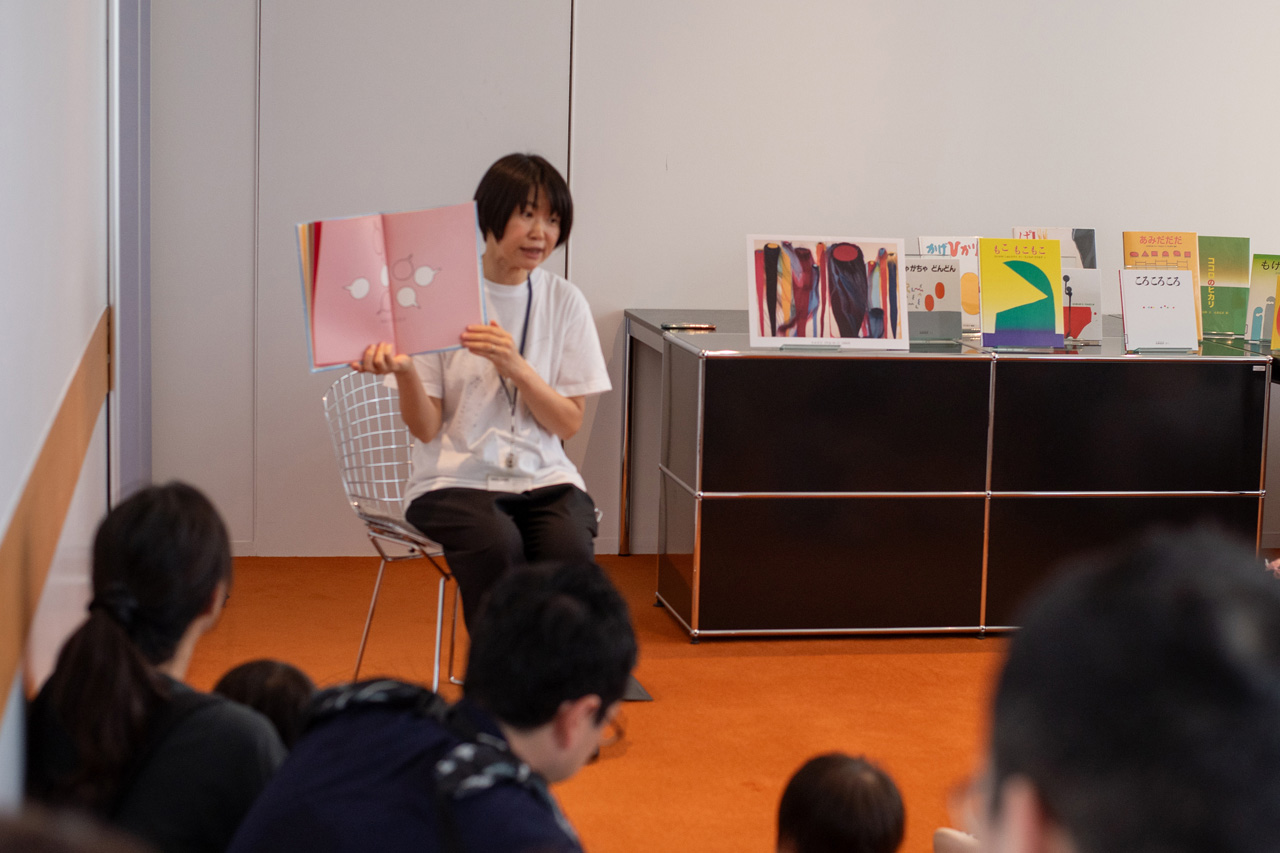
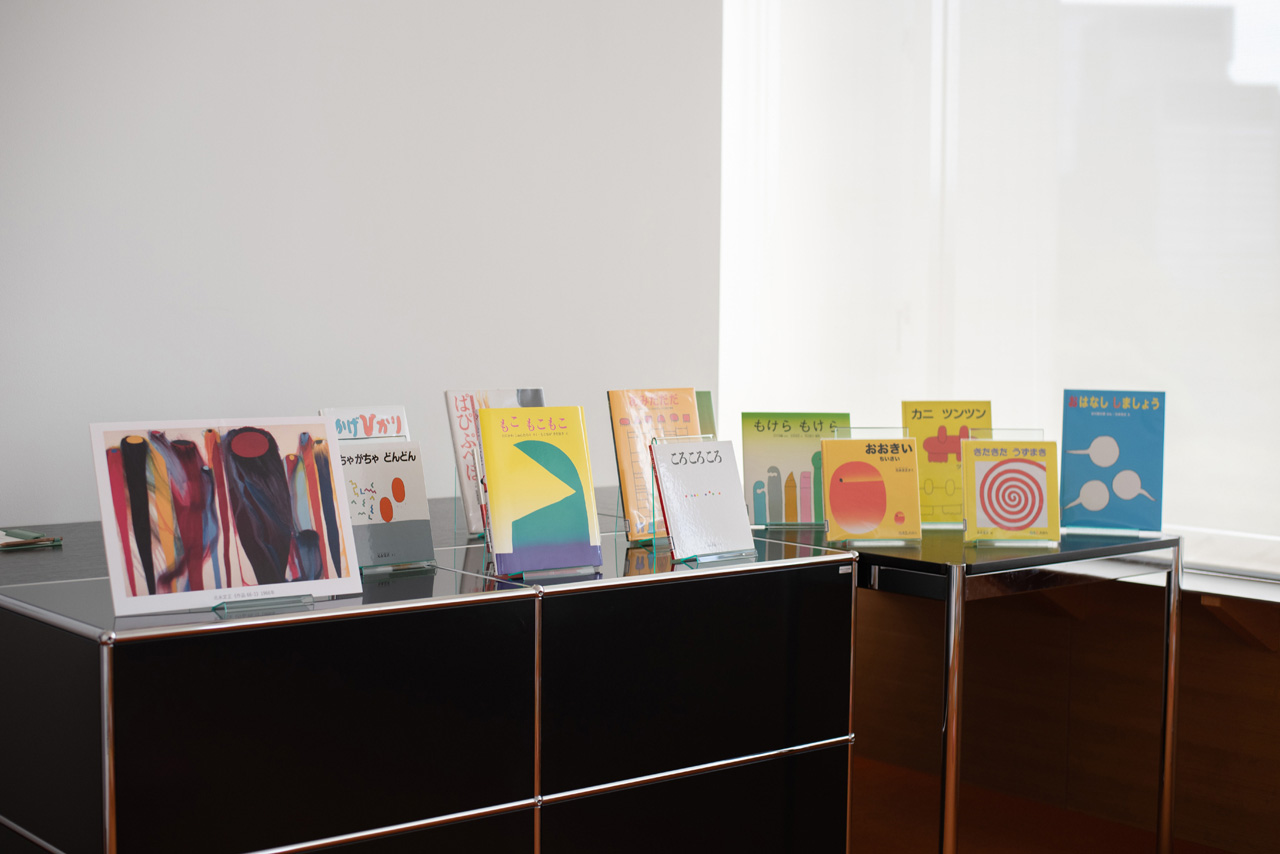
One common concern about visiting museums with children is what to do if a child starts crying in a quiet gallery. When this happens, parents worry not only about disturbing others but also about staying in one place with an upset child.
In a multi-floor museum like this one, it helps to have nearby spaces where families can step out for a moment. Clear signs showing where eating and drinking are allowed also make visits easier.
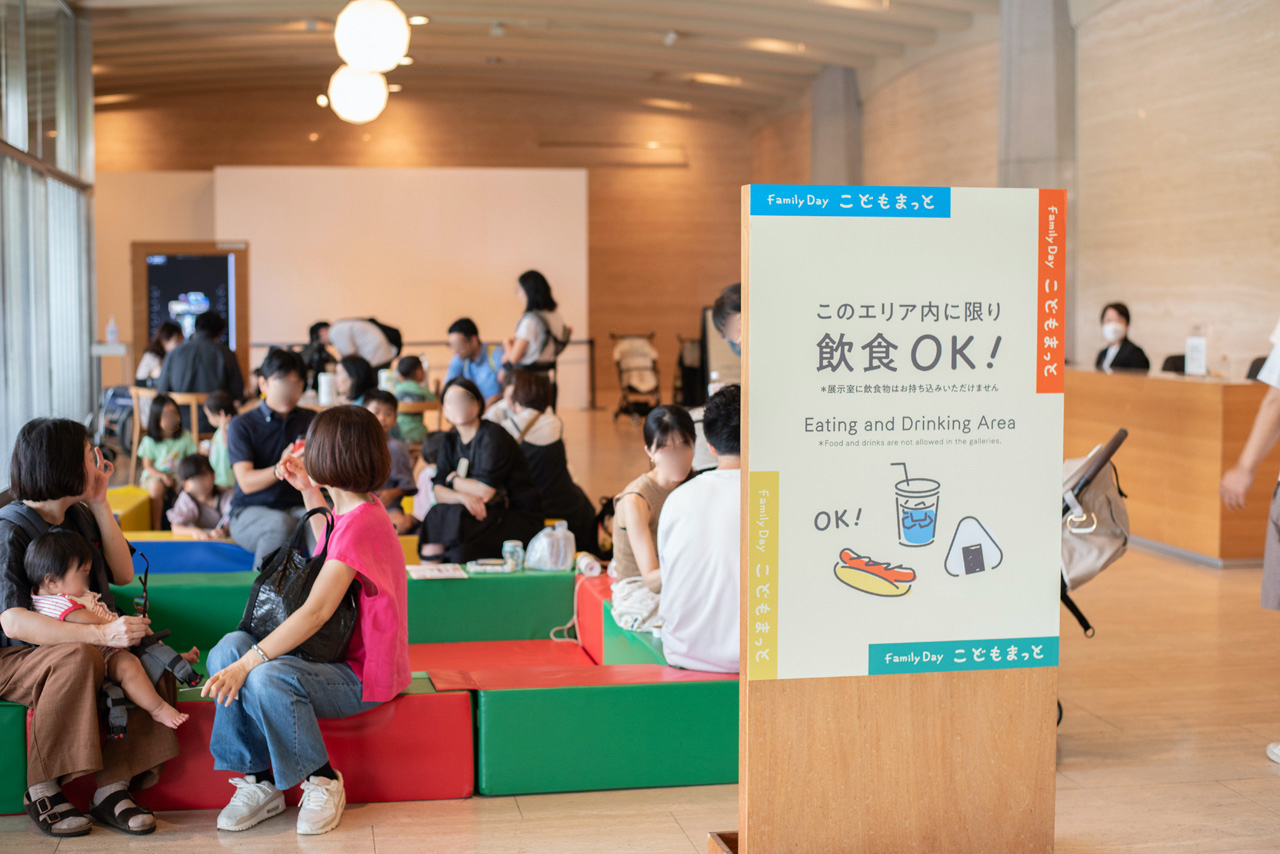
Making the museum welcoming for children often creates a more comfortable space for seniors and others as well.
There are some things children can only learn by actually visiting an art museum in person. These experiences build over time, helping make art something that we can all enjoy together.
Date of interview: September 21, 2024
Editing: Yukako Takahashi
Photo: haruharehinata
